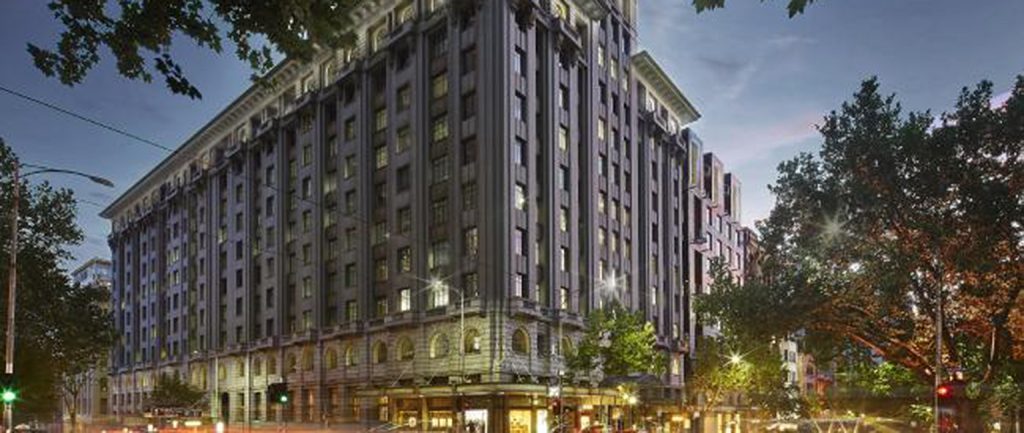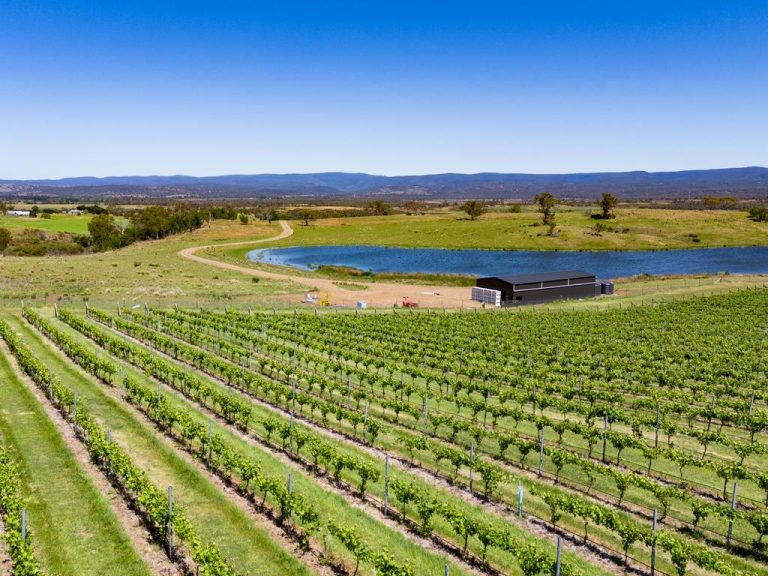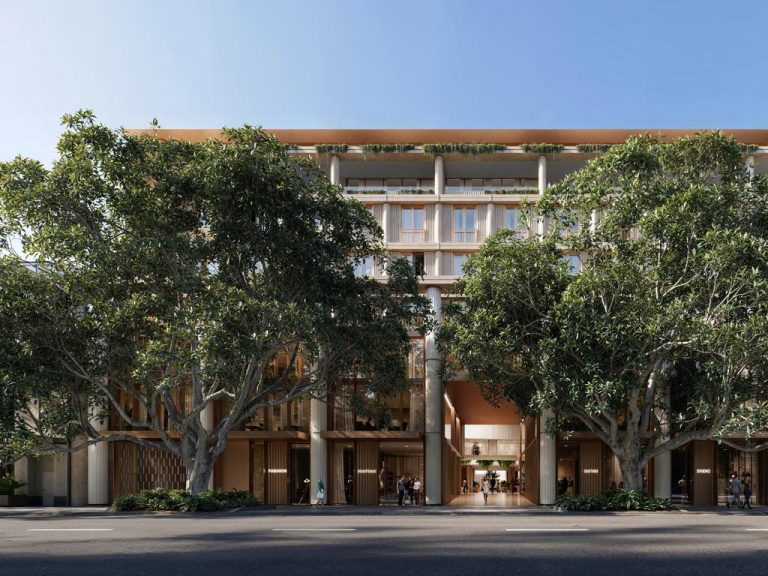Pembroke’s big plans for Melbourne’s T&G building

Pembroke is banking on a new wave of tech companies scouting for premium office space and a prestigious address to fill Melbourne’s landmark T&G building after a multi-million-dollar upgrade.
The US property investor, owned by international funds giant Fidelity, is up against new developments from the likes of Mirvac and Charter Hall in Collins St, but is confident that an A-grade repositioning of the heritage landmark 161 Collins St will give it the edge in securing new tenants.
“We do think there is a big move in terms of these smaller companies who want an appropriate place to create a culture, and moving into a particular location in the heart of the city is a way to position that,” Pembroke office head Matthew Knight says.
Game changers: Prepare for big changes to your office environment
The US funds management group paid more than $275 million for the site, which occupies almost a block on Collins St and backs on to the popular Flinders Lane. German fund manager SachsenFonds was the previous owner of the building in conjunction with Melbourne’s Liberman Family on a 99-year lease with 90 years left to run at the time of the Pembroke transaction.
Wealth manager IOOF has committed to more than 8000sqm of space for its Melbourne headquarters. The group is now spruiking the remaining 22,000sqm to a range of tenants, with expectations that a new wave of tech-focused groups will lead the charge.
We’re realising that the office space and experience starts when they enter the front door of the building and not the front door of their tenancy
Workers are becoming increasingly judicious about their work environment, Knight says, and the location, look and feel of their office is playing a larger role in influencing who they chose to work for. While organisational psychologists have long disputed the claim that attractive surroundings are enough to keep an employee engaged with their job, the number of organisations spending big bucks on comprehensive office upgrades with premium end of trip facilities and groovy breakout areas goes some way to indicate change is afoot.
The group’s success securing major tenants including Apple, Tesla and Hogan Lovells at Sydney’s 50 Martin Place after a $100 million “boutique premium” repositioning also backs the claim.
“We’re realising that the office space and experience starts when they enter the front door of the building and not the front door of their tenancy,” Knight says.
We do think there is a big move in terms of these smaller companies who want an appropriate place to create a culture
For this reason, the group has invested heavily in the ground floor of the building, consolidating a series of entrances into one on Collins St and another on Flinders Lane, at the end of an alleyway with wine bars and upscale retailers that was previously used as a loading dock.
Workers are increasingly looking for space that enables them to be more social. In the office, this translates into breakout areas, low dividers allowing for eye contact and free-flowing offices designed to promote circulation. On the ground floor, a growing desire to be social is encouraged with a series of cafes and canteens that change function as the day progresses — from a coffee bar in the morning to a restaurant and wine bar at night.
Co-working is another trend the group has been catering to.
Pembroke has had talks with a series of major co-working operators in the vein of US giant WeWork, and local operators such as The Hub, but has not locked in any definite partnerships. But the format complements what Pembroke is trying to offer tenants.
This article originally appeared on www.theaustralian.com.au/property.







